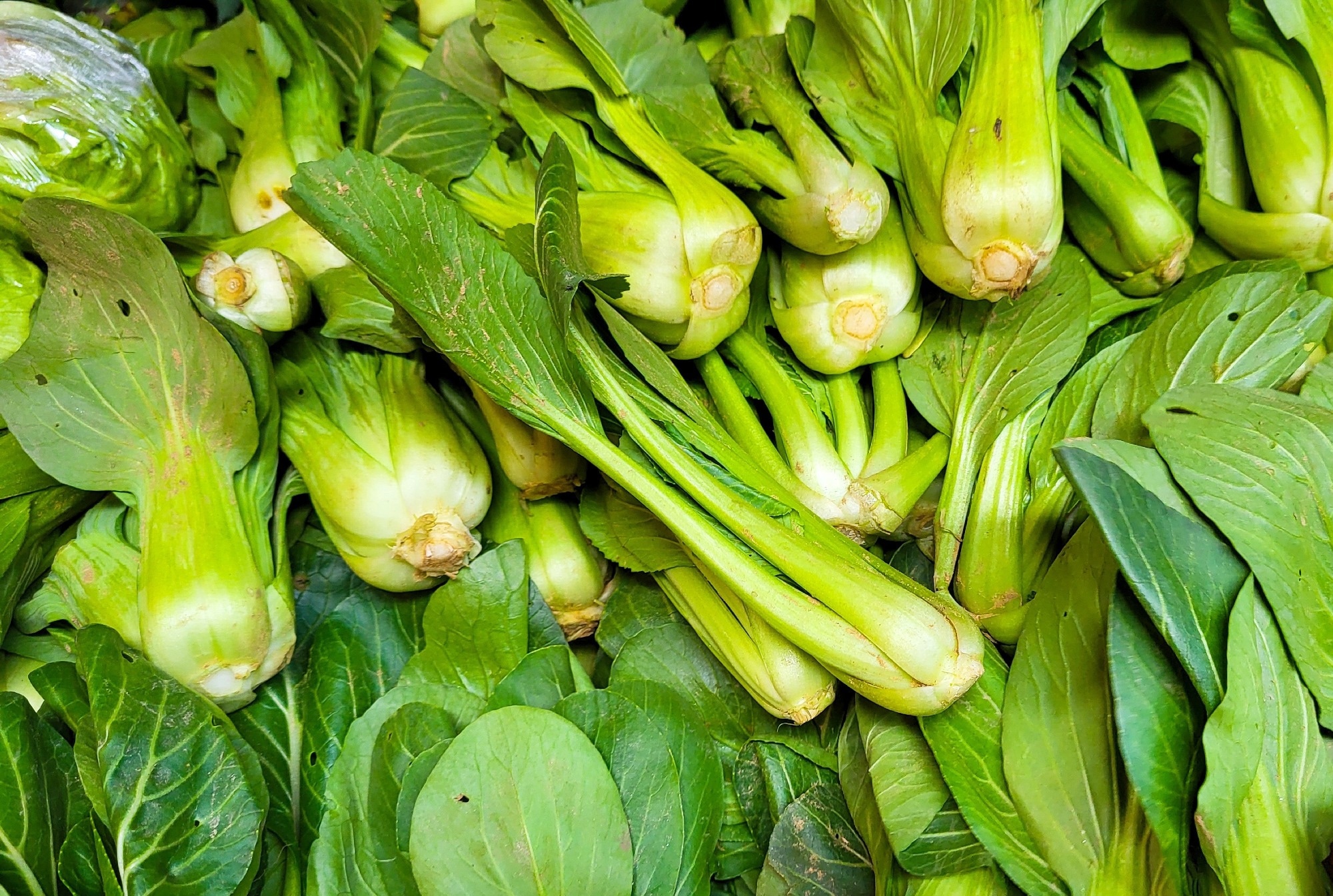
Image Credit: Shashank Shukla Kotaha/Shutterstock.com
Globally, more than 30 % of harvested crops are lost after they leave the field, enough to feed over a billion people. Much of that waste happens during storage and transport, particularly in parts of the world without consistent refrigeration. While existing preservation methods help, they aren’t always practical or scalable.
Looking for a biologically compatible alternative, these researchers turned to melatonin - a compound better known for regulating sleep in humans but also naturally produced by plants. In plants, melatonin plays a role in regulating growth, stress response, and senescence (aging). By delivering melatonin directly into harvested vegetables, the team aimed to extend freshness by slowing the biological processes that lead to spoilage.
A New Role for Silk Microneedles
To make this possible, the researchers developed microneedles made from silk fibroin - a biodegradable protein derived from silkworm cocoons. These microneedles are strong enough to puncture the surface of a vegetable but gentle enough not to cause tissue damage or trigger stress responses.
Each patch consists of a thin film embedded with microneedles, pre-loaded with small doses of melatonin. Once applied to the base of a harvested vegetable’s shoot, the patch delivers melatonin into the plant’s vascular system, where it can circulate and take effect.
Before applying the hormone, the researchers confirmed that the microneedles could access the plant’s internal transport system by delivering a fluorescent dye and tracking its movement using imaging tools. The dye moved through the vasculature as expected, confirming the microneedles' ability to distribute substances systemically within the plant.
Tested on Pak Choy
The team focused their initial experiments on pak choy, a leafy green common in Southeast Asia. After applying the microneedle patches, they monitored the treated and untreated vegetables under different storage conditions, both at room temperature and in the fridge.
Treated vegetables maintained higher chlorophyll levels and moisture content, looked visually fresher, and retained firmness longer than the control group. At room temperature, melatonin-treated samples stayed market-ready for up to eight days, compared to four for untreated ones. Under refrigeration, shelf life extended from 20 to about 25 days.
Measurable Biological Changes
Biochemical assays showed increased antioxidant activity in treated vegetables, consistent with melatonin’s role in reducing oxidative stress. Genetic analysis further revealed that melatonin triggered plant stress-response genes and suppressed those involved in aging. This suggests the treatment doesn’t just slow physical decay - it actively alters the plant’s internal biology to delay spoilage.
Although the patches don’t include electronic components, their ability to deliver compounds in a targeted, tissue-specific way gives them functionality similar to passive biosensors. The system is precise, minimally invasive, and scalable - qualities that make it well suited for use in postharvest settings.
Toward Scalable Deployment
While the current patches are applied manually, the team is exploring automation options and broader applicability across different types of produce. Because both silk fibroin and melatonin are biodegradable and naturally occurring, the technique could avoid the regulatory barriers often associated with synthetic preservatives or genetic modifications.
This work brings together materials science, plant biology, and agricultural engineering to offer a practical approach to reducing postharvest food loss. It’s a promising step toward fresher produce - and less waste - along global supply chains.